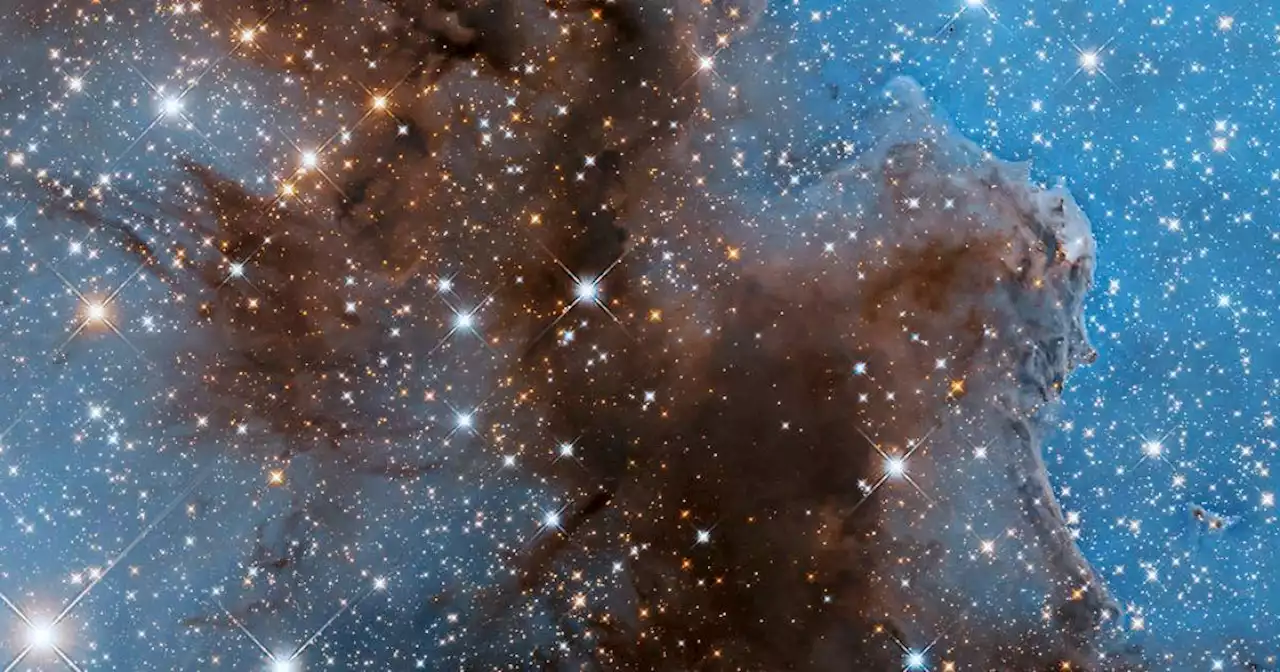The Hubble Space Telescope recently captured a scene made famous by its sibling, the James Webb Space Telescope.
One of the first images released from Webb showed the Carina Nebula, a particularly striking structure of dust and gas located in an area of the Milky Way called the Carina-Sagittarius arm. Recently, Hubble has imaged Carina as well, snapping an image of a small section of this famous nebula.
Compared to Webb’s image of Carina, which was taken in the infrared wavelength, Hubble’s image is more pastel. Although Hubble operates primarily in the visible light wavelength and Webb operates in the infrared, in this case, Hubble used its infrared capabilities to peer through the dust of the nebula and see its structure.
“It is an emission nebula, meaning that the intense radiation from its stars ionizes the gas and causes it to glow,” Hubble scientists explain. “That gas is widely and thinly spread out over a large area, earning it the added designation of a diffuse nebula. Carina is a dynamic area of the sky with bursts of star formation occurring alongside star death.
Hubble has visited Carina before, like this image taken in 2007 or another taken in 2010. Each image focuses on a different area of the nebula, bringing together different wavelengths from visible light to infrared and ultraviolet, in order to bring out different features of the scene like dust, gas, and stars.
At 300 light-years across, the nebula is vast, with many different areas showing off scientifically interesting regions like those which are busy with star formation.
Malaysia Latest News, Malaysia Headlines
Similar News:You can also read news stories similar to this one that we have collected from other news sources.
![]() Baby stars throw cosmic tantrums in iconic James Webb Space Telescope imageThe stunning image hides jets and outflows from protostars.
Baby stars throw cosmic tantrums in iconic James Webb Space Telescope imageThe stunning image hides jets and outflows from protostars.
Read more »
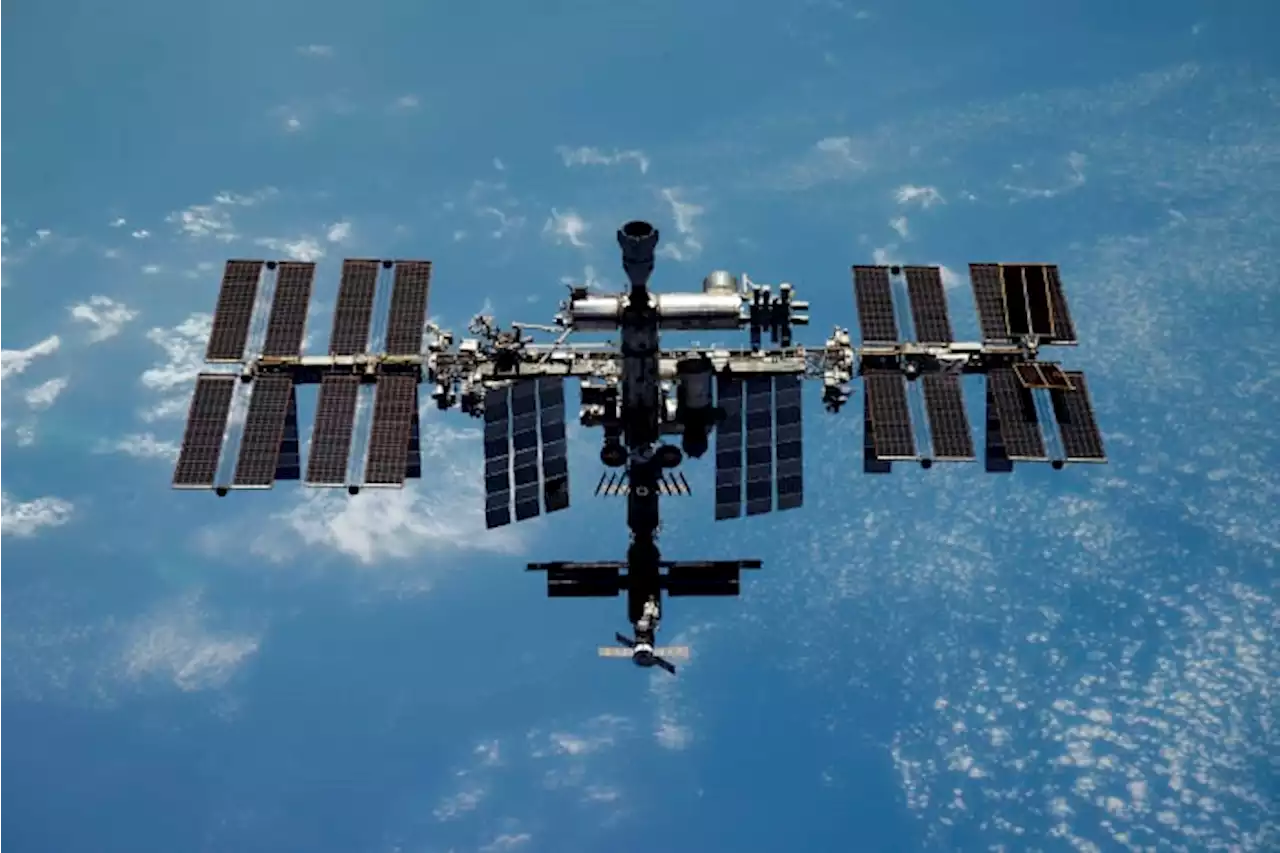 Micrometeorite possibly behind Russian space capsule leakA Russian space official says a coolant leak from a Russian space capsule attached to the International Space Station could have been caused by a micrometeorite strike.
Micrometeorite possibly behind Russian space capsule leakA Russian space official says a coolant leak from a Russian space capsule attached to the International Space Station could have been caused by a micrometeorite strike.
Read more »
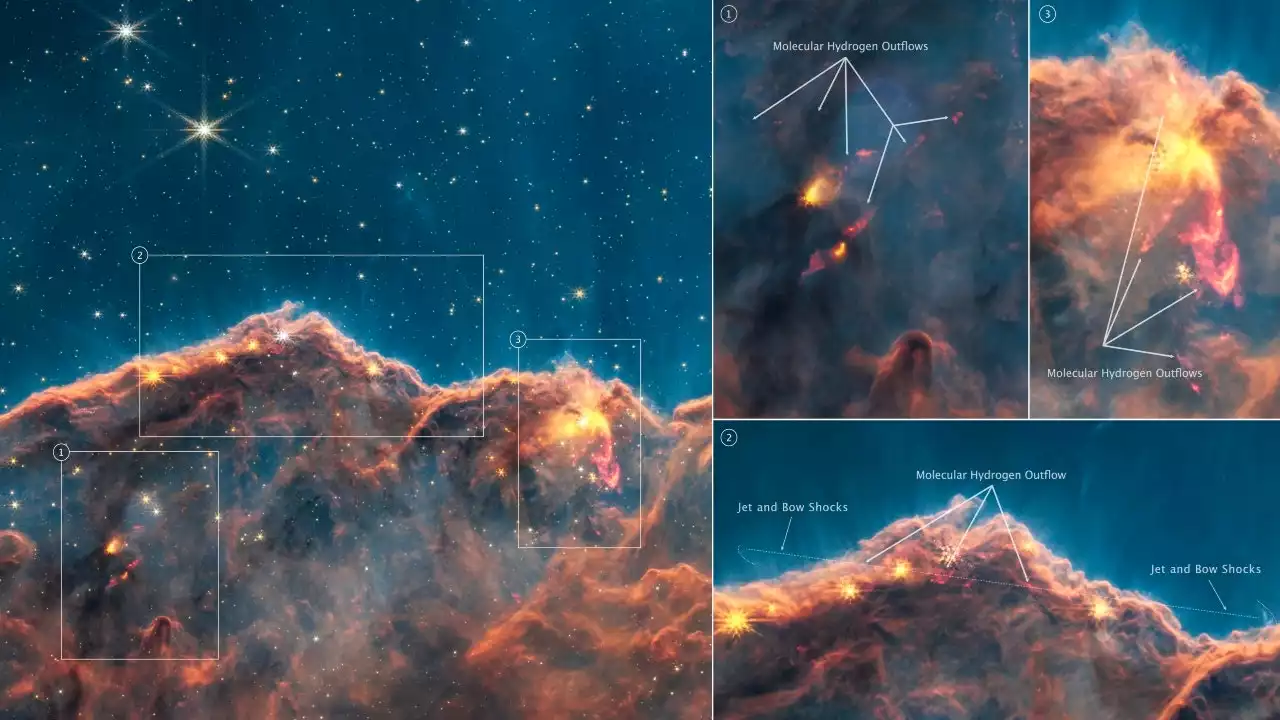 Image from NASA's Webb telescope reveals early stellar formation in 'rare' findNASA said that the James Webb Space Telescope team had discovered dozens of previously hidden energetic jets and outflows from young stars in the Cosmic Cliffs.
Image from NASA's Webb telescope reveals early stellar formation in 'rare' findNASA said that the James Webb Space Telescope team had discovered dozens of previously hidden energetic jets and outflows from young stars in the Cosmic Cliffs.
Read more »
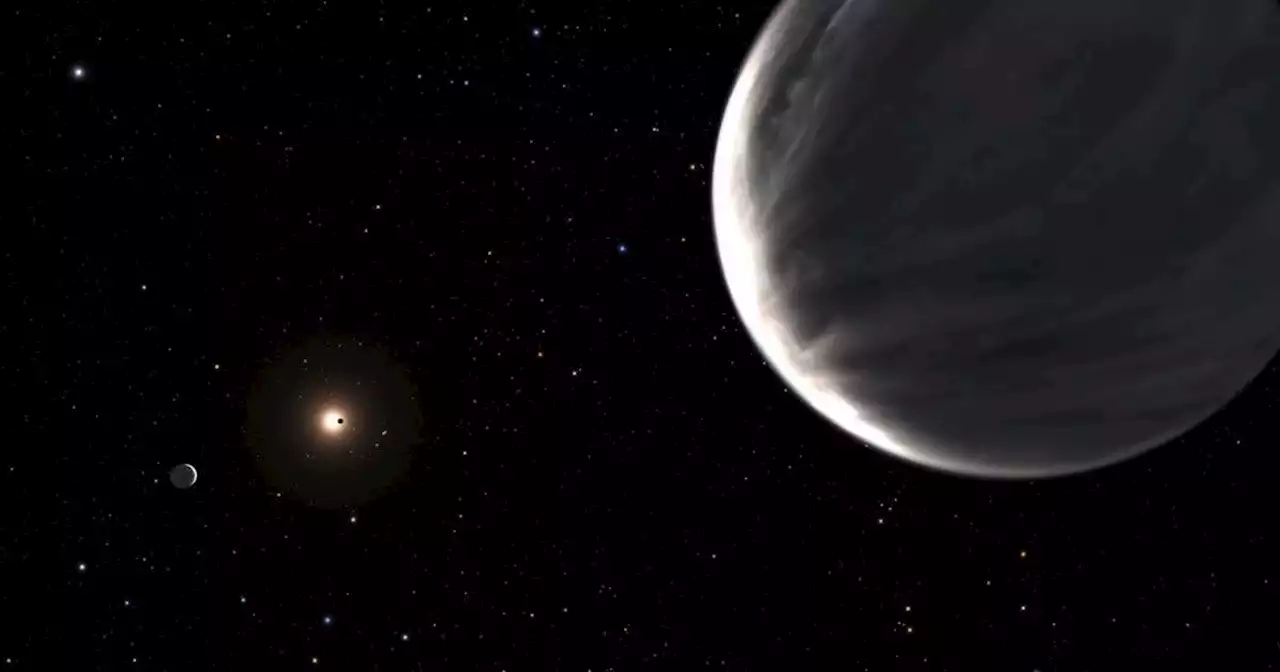 Hubble and Spitzer spot two far-off watery worlds | Digital TrendsHubble and Spitzer have identified two planets which seem to be water worlds, with oceans which are 500 times deeper than those on Earth.
Hubble and Spitzer spot two far-off watery worlds | Digital TrendsHubble and Spitzer have identified two planets which seem to be water worlds, with oceans which are 500 times deeper than those on Earth.
Read more »
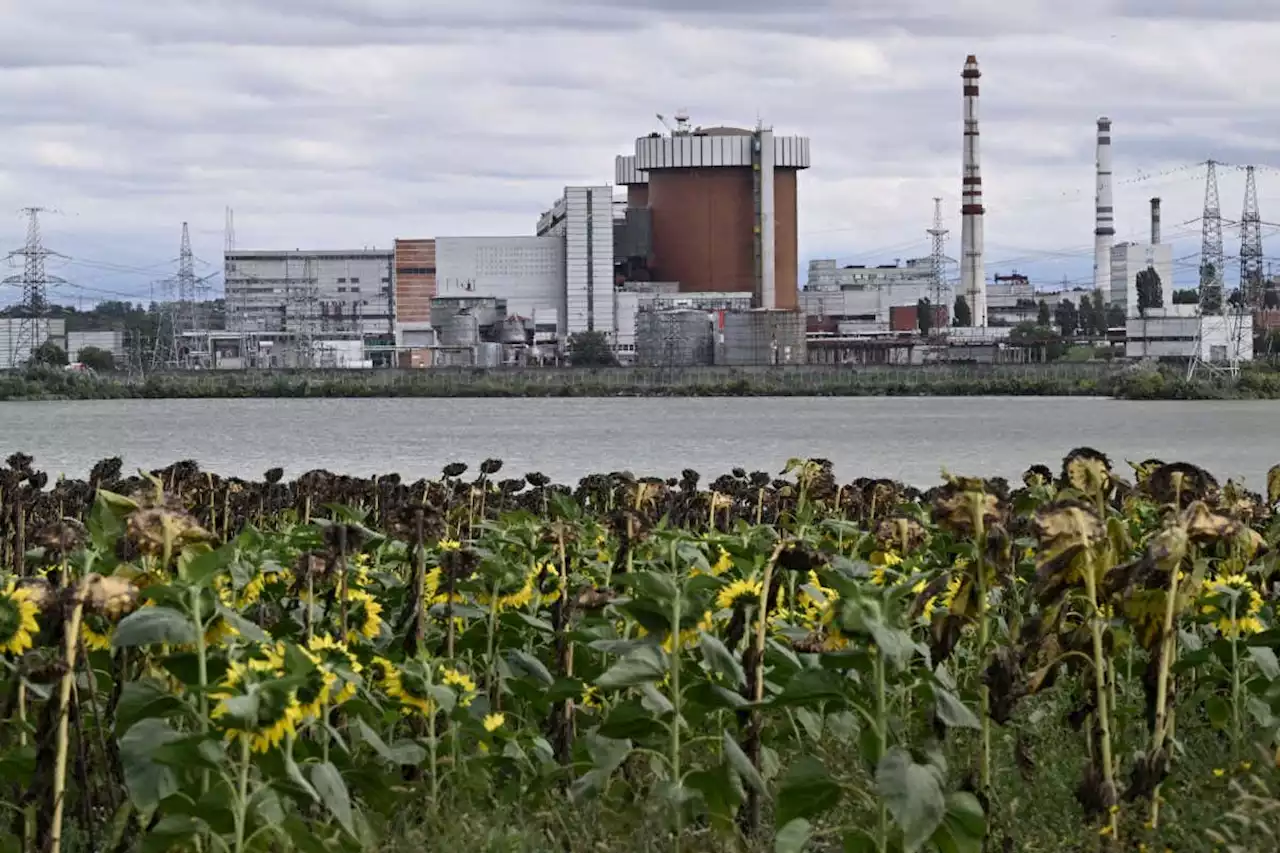 Biggest science news stories of 2022 as chosen by New ScientistNuclear fusion, infectious diseases and an incredible new space telescope were ongoing stories in 2022, but what were some of the other big scientific developments, discoveries and events of the year?
Biggest science news stories of 2022 as chosen by New ScientistNuclear fusion, infectious diseases and an incredible new space telescope were ongoing stories in 2022, but what were some of the other big scientific developments, discoveries and events of the year?
Read more »
 NASA Adjusting James Webb Orbit to Get Damaged by Meteorites LessNASA's James Webb Space Telescope is adjusting its orbit to make sure it won't get pelted with even more micrometeorites.
NASA Adjusting James Webb Orbit to Get Damaged by Meteorites LessNASA's James Webb Space Telescope is adjusting its orbit to make sure it won't get pelted with even more micrometeorites.
Read more »
